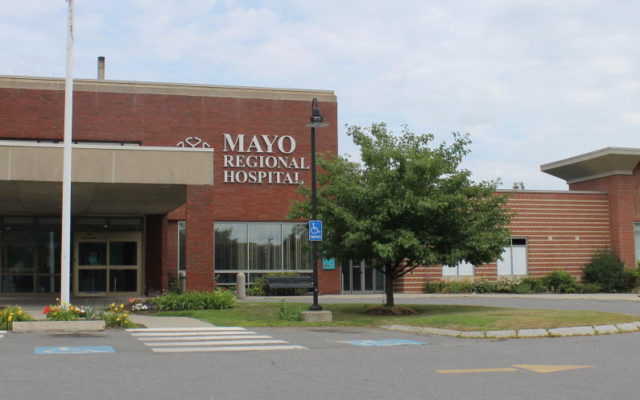
Maine enters new COVID-19 vaccine phase as waitlists shrink, demand dies down
By Caitlin Andrews, Bangor Daily News Staff
Some COVID-19 vaccine sites in rural Maine have recently closed as demand for shots appears to be slowing, presenting a new challenge for public health officials.
Just over 50 percent of Mainers have had their first shot on Tuesday as Maine reached a public health milestone of 1 million doses. But while state officials say demand remains high in the state, signs are showing Maine may have reached a wide population of people eager to get vaccinated or able to do so within the current framework.
It marks a new phase in Maine’s vaccination effort. What was initially marked by relatively few doses and places to get them has now evolved into dozens of options, although people in some areas of the state still struggle to find doses close to them. The state is considering making vaccinations more flexible, including expanding on no-appointment options that are scant now.
The state’s largest health care provider, Portland-based MaineHealth, says it is likely to clear a waitlist this week that stood at 37,000 people two weeks ago and may have new scheduling options at that time. But smaller hospitals and some other providers are closing sites, something that is largely being attributed to demand drying up even as Maine has fully vaccinated roughly a third of its population, more than any other state, according to a New York Times tracker.
Both Calais Regional Hospital and Down East Community Hospital in Machias have stopped giving vaccines for now. The merging hospitals are in Washington County, which is leading the state in total vaccinations with 37 percent of the adult population having gotten final doses.
The decision to pause clinics came late last week after both hospitals struggled to fill appointments and saw multiple no-shows, causing them to scramble to not waste doses, according to spokespeople. The Machias hospital may restart clinics if it sees demand increase, said spokesperson Julie Hixson.
Calais Regional Hospital started noticing a lag in appointments a few weeks ago, said spokesperson DeeDee Travis. She attributed the dip to people seeking appointments elsewhere, such as chain pharmacies. Still, the drop off was noticeable, she said.
“When we first started, we would fill hundreds of appointments in less than five minutes,” Travis said. “Now, we can’t fill 40 appointments.”
Other providers may be running into similar challenges. DFD Russell Medical Centers, which has locations in Turner, Leeds and Monmouth, announced last month that it was no longer giving out first doses. But not all rural providers on pause are doing so due to demand.
Houlton Regional Hospital is no longer giving out first doses as of last week. CEO Shawn Anderson said the hospital is still trying to get vaccines from the state, but has not been able to secure any since the federal government recommended a pause on the one-shot Johnson & Johnson vaccine after six women developed rare but dangerous blood clots.
“Can’t give vaccine that we don’t have,” Anderson said, adding that he believes there is still community demand. “Wish it weren’t so, but that’s where we’re at.”
The slowdown is not contained to just small providers. Bangor-based Northern Light Health spokesperson Suzanne Spruce said the system has shifted doses from northern, rural locations when slowdowns have occurred to more southern locations.
Nirav Shah, the director of the Maine Center for Disease Control and Prevention, said Tuesday the state has seen some hospitals reducing vaccine requests, primarily in Piscataquis and Somerset counties. The state relies on providers to give them a picture of what demand is looking like on the ground, he said.
Shah said the state has had success providing doses to those who want them and now faces a challenge in reaching those wary of getting vaccinated or who will do so only if it is convenient. It will have to solve that puzzle if it wants to vaccinate 75 to 85 percent of its population, which Shah cited as a ballpark estimate of when a population reaches herd immunity.
“I think it stands to reason that nationwide, worldwide, as well as in Maine, we’re starting to move into some of those other groups,” Shah said.